BLOG
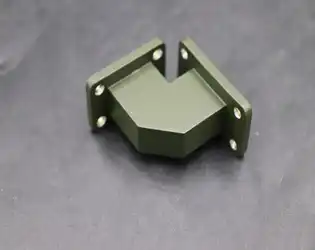
What are the key design elements of a Waveguide Miter Bend?
February 12, 2025
Waveguide miter bends represent crucial components in microwave transmission systems, serving as essential elements for directing electromagnetic waves through precise angular transitions. These sophisticated devices are fundamental in various applications where waveguide routing requires directional changes while maintaining optimal signal integrity. The key design elements of a waveguide miter bend encompass multiple critical factors, including precise angular geometry, internal surface characteristics, and dimensional accuracy. Understanding these elements is crucial for engineers and system designers working with microwave transmission systems, as they directly impact the overall performance and efficiency of the waveguide assembly.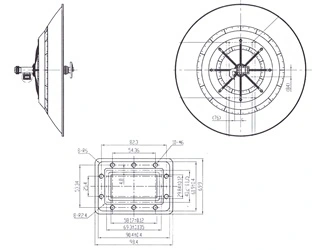
What are the key design features of a parabolic antenna?
February 11, 2025
Parabolic antennas represent a cornerstone of modern telecommunications and satellite communications technology, characterized by their distinctive curved reflector surface that follows a parabolic shape. These sophisticated devices are engineered to concentrate electromagnetic waves into a narrow beam, enabling high-gain performance and efficient signal transmission across vast distances. The key design features of a parabolic antenna encompass various critical elements, including the reflector geometry, feed system configuration, mounting structure, and surface accuracy requirements, all of which work in concert to achieve optimal performance in applications ranging from satellite communications to radio astronomy.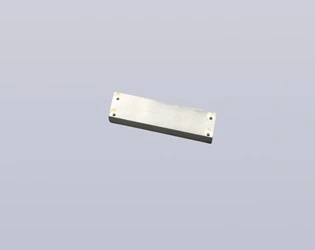
What are the installation and debugging steps for a Coaxial Directional Coupler?
February 11, 2025
The installation and debugging of a Coaxial Directional Coupler are critical processes that require careful attention to detail and technical expertise. This comprehensive guide will walk you through the essential steps and considerations for successfully implementing these vital RF components in your system. Understanding proper installation and debugging procedures ensures optimal performance, minimizes signal loss, and extends the operational life of your Coaxial Directional Coupler. As a leading manufacturer of RF and microwave components, Advanced Microwave Technologies brings you expert insights into maximizing the potential of these sophisticated devices.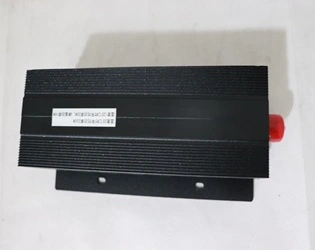
What are the installation and connection precautions for a Coaxial Load?
February 11, 2025
Understanding the proper installation and connection procedures for a Coaxial Load is crucial for maintaining system performance and ensuring long-term reliability in RF and microwave applications. These precision-engineered components play a vital role in various testing and operational scenarios, from basic impedance matching to complex system validation. This comprehensive guide will explore essential precautions and best practices for installing and connecting coaxial loads, helping engineers and technicians optimize their RF systems while avoiding common pitfalls that could compromise performance or lead to equipment damage.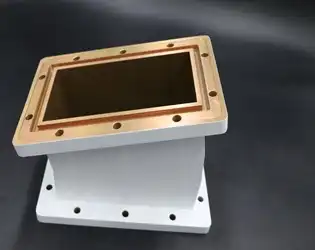
How does Waveguide H Bend interact with other waveguide accessories in a system?
February 11, 2025
Understanding the interaction between Waveguide H Bend components and other waveguide accessories is crucial for optimizing microwave transmission systems. These essential components play a vital role in directing electromagnetic waves through complex system architectures while maintaining signal integrity and minimizing losses. This comprehensive analysis explores the intricate relationships between H-bends and various waveguide components, their integration challenges, and optimization strategies for achieving optimal system performance.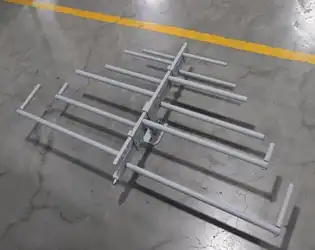
How does the Log Periodic Antenna achieve broadband operation?
February 11, 2025
Log Periodic Antennas (LPAs) represent a remarkable achievement in antenna design, offering exceptional broadband performance through their unique geometric structure and operating principles. These antennas achieve broadband operation through a distinctive logarithmic scaling of their elements, where each successive element is scaled by a constant factor relative to the adjacent element. This scaling principle creates multiple resonant structures that work together to maintain consistent performance across a wide frequency range. The antenna's active region shifts along its structure as the frequency changes, with different sections becoming resonant at different frequencies, thereby maintaining stable radiation characteristics across the entire operating bandwidth.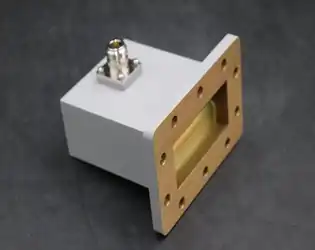
February 11, 2025
Quality inspection standards for Right Angle Waveguide To Coaxial Adapters are crucial for ensuring optimal performance in microwave and RF applications. These standards encompass various aspects including mechanical specifications, electrical parameters, and environmental testing requirements. The inspection process must verify that each adapter meets strict industry requirements for VSWR (Voltage Standing Wave Ratio), insertion loss, power handling capability, and mechanical integrity. This comprehensive guide explores the essential quality inspection standards that manufacturers and testing facilities must follow to ensure the reliability and performance of Right Angle Waveguide To Coaxial Adapters.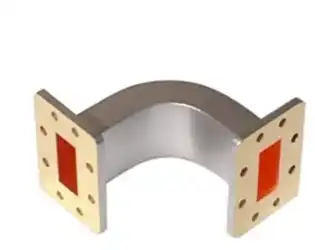
How does a waveguide E bend work?
February 10, 2025
A waveguide E bend represents a crucial component in microwave transmission systems, serving as a specialized bend or corner that redirects electromagnetic waves while maintaining their propagation characteristics. This sophisticated device is designed to guide electromagnetic waves around corners in the E-plane (the plane containing the electric field vector) while minimizing signal loss and maintaining impedance matching. The functionality of a waveguide E bend is based on careful electromagnetic field manipulation, ensuring efficient wave propagation through the bend while preserving the signal integrity and power handling capabilities that make waveguides indispensable in high-frequency applications.




